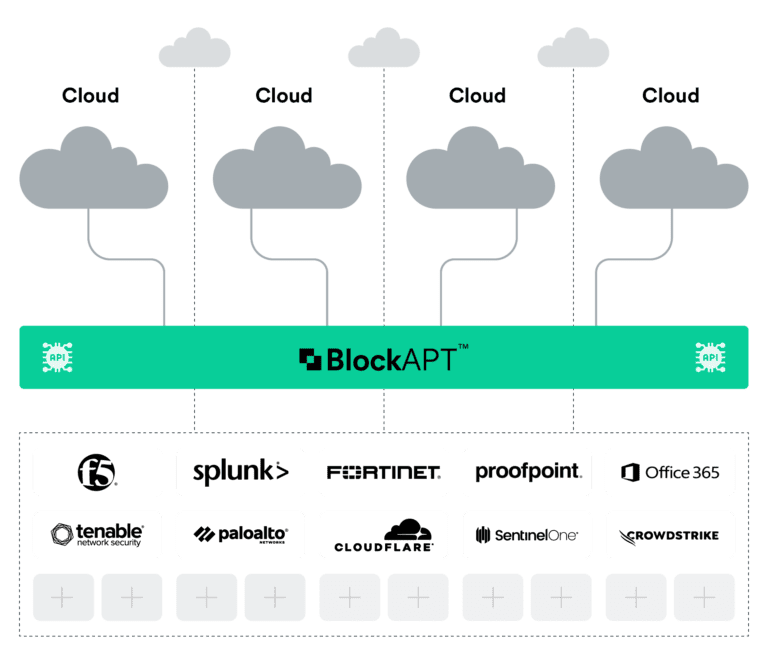Enterprises adopting hybrid cloud environments face challenges in effectively managing and orchestrating their diverse infrastructure, consisting of both on-premises and cloud-based resources.
The complexity of hybrid cloud environments introduces difficulties in maintaining consistent control, visibility, and governance across multiple platforms, leading to inefficiencies, security risks, and increased operational overhead.
Complexity and Integration
With a mix of on-premises infrastructure and multiple cloud platforms, there is increased complexity in integrating and managing diverse resources. Coordinating and orchestrating workloads across different environments are time consuming too.
Lack of Visibility and Control
Managing resources and applications spread across multiple cloud providers and on-premises infrastructure can result in a lack of centralized visibility and control. This hinders efficient monitoring, governance, and troubleshooting, leading to operational inefficiencies.
Data Management and Data in Motion
Efficiently managing and transferring data between on-premises and cloud environments can be complex, especially when dealing with large volumes of data. Ensuring data integrity, availability, and efficient movement while minimising latency and disruptions can be a significant challenge.
Security and Compliance Risks
Securing data transfers between environments, managing access controls, and maintaining consistent security policies can be difficult to manage. Compliance with industry regulations such as GDPR and data sovereignty requirements can become complex and challenging to enforce.
Resource Optimisation and Cost Management
Ensuring optimal utilisation of on-premises and cloud resources while avoiding over-provisioning or under-utilisation can be demanding and challenging from a cost control perspective.
Vendor Lock-In
The lack of standardised interfaces and compatibility across different vendors can hinder the flexibility to migrate workloads seamlessly between different environments.
The BlockAPT Platform ensures seamless hybrid cloud management with unified monitoring and visibility, enhances data security and compliance with quantum secure communication capabilities, and optimises resource utilisation.
The Automated Configuration Migration tool makes it easier to migrate from one public and/or private cloud to another, including the capability to migrate virtual machines (infrastructure) from one cloud to another seamlessly. Instead of taking weeks/months causing disruption to the business, migration can be automated in a few hours.

Centralised Management
The BlockAPT Platform provides centralised management and control that provides a unified view of the hybrid cloud environment. This simplifies management tasks and allows efficient provisioning, monitoring, and control of resources across different cloud platforms and on-premises infrastructure.
Unified Visibility and Monitoring
With unified visibility into the security and performance of tools across the hybrid cloud environment comes comprehensive monitoring and reporting capabilities, enabling organisations to gain insights, detect anomalies, and proactively address security threats or performance issues.
Vendor-Agnostic Approach
The BlockAPT Platform supports multiple cloud providers, allowing organisations to adopt a multi-cloud strategy without being locked into a single vendor.
Streamlined Data Management
With features such as quantum secure data transfers for data-in-transit or data-at-rest, organisations can manage and protect their data consistently, regardless of its location within the hybrid cloud infrastructure.
Enhanced Agility and Scalability
The platform enables organisations to achieve enhanced agility and scalability in their hybrid cloud deployment and simplifies the process of deploying and managing resources.
Consistent Security Policies and Controls
The BlockAPT Platform supports consistent application of security policies and controls across the entire hybrid cloud environment.
Centralised Security Management
Allows organisations to monitor and manage security across their entire hybrid cloud environment from a single platform. This streamlines security operations, enhances visibility, and simplifies policy enforcement.
Enhanced Visibility and Reporting
Unified visibility and simplified reporting across all your cloud environments with the flexibility to control your resources from a single interface.
Cost Control
Easier to track cloud spend across multiple clouds with consolidated reporting and unified visibility. You can benefit with better cloud expenditure control whilst achieving optimal performance.
Consistent Security Policies
The BlockAPT Platform helps enforce consistent security policies across the hybrid cloud environment. This ensures that security measures, such as access controls, authentication mechanisms, and data transfer protocols, are uniformly implemented across different platforms, reducing security gaps and vulnerabilities.
Eliminate Vendor Lock-In
Organisations have the flexibility to choose the most suitable cloud services and migrate workloads seamlessly between different cloud platforms, maximising resource options and avoiding vendor dependencies.
Improved Flexibility & Scalability
Allowing organisations to scale up or down quickly to meet changing business needs, ensuring agility and responsiveness. Organisations can leverage the flexibility to right-size infrastructures, resulting in cost savings and improved operational efficiency.